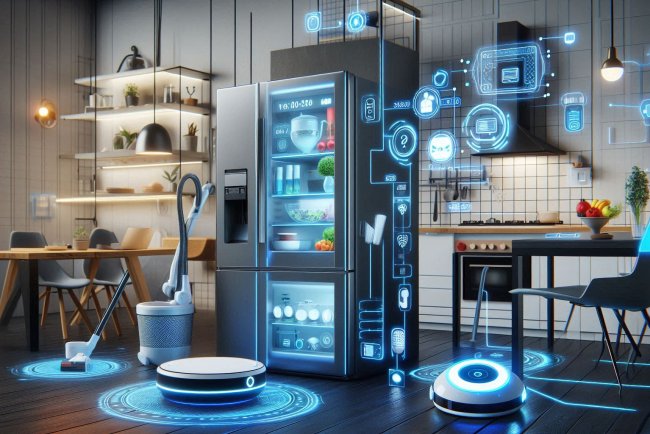Advances in Battery Technology for Energy Storage
Stay updated on the latest advancements in battery technology for energy storage. Discover the innovations shaping the future of renewable energy.

Advances in Battery Technology for Energy Storage
Battery technology plays a crucial role in the transition to renewable energy sources and the decarbonization of our energy systems. Advances in battery technology have enabled significant improvements in energy storage capabilities, making it possible to store excess energy generated from renewable sources like solar and wind, and use it when needed. Here are some of the key recent advances in battery technology:
1. Lithium-Ion Batteries
Lithium-ion batteries are the most commonly used type of battery for energy storage applications. Recent advances in lithium-ion battery technology have focused on increasing energy density, reducing costs, and improving safety. Researchers have been working on developing new materials for the battery electrodes, such as silicon anodes and solid-state electrolytes, to enhance performance and longevity.
2. Solid-State Batteries
Solid-state batteries are an emerging technology that offers several advantages over traditional lithium-ion batteries. These batteries use a solid electrolyte instead of a liquid one, which can improve safety, increase energy density, and enable faster charging. Researchers are actively working on developing solid-state batteries for commercial applications, with the potential to revolutionize the energy storage industry.
3. Flow Batteries
Flow batteries are a type of rechargeable battery that stores energy in liquid electrolytes contained in external tanks. These batteries can be easily scaled up to store large amounts of energy, making them ideal for grid-scale energy storage applications. Recent advances in flow battery technology have focused on improving efficiency, reducing costs, and increasing energy density, making them a promising solution for long-duration energy storage.
4. Sodium-Ion Batteries
Sodium-ion batteries are being explored as an alternative to lithium-ion batteries due to the abundance and low cost of sodium. Recent research has focused on developing materials for the electrodes and electrolyte that can improve the performance and cycle life of sodium-ion batteries. These batteries have the potential to be a cost-effective and sustainable energy storage solution for grid-scale applications.
5. Metal-Air Batteries
Metal-air batteries, such as lithium-air and zinc-air batteries, are a promising technology for high-energy-density applications. These batteries use oxygen from the air as the cathode, enabling them to achieve higher energy densities compared to traditional lithium-ion batteries. Researchers are working on improving the stability and efficiency of metal-air batteries for use in electric vehicles and grid-scale energy storage systems.
6. Dual-Ion Batteries
Dual-ion batteries are a new type of battery technology that uses two different ions to store and transport charge. By using two types of ions, these batteries can achieve higher energy densities and faster charging rates compared to traditional lithium-ion batteries. Researchers are exploring different electrode materials and electrolytes to improve the performance and scalability of dual-ion batteries for energy storage applications.
7. Recycling and Sustainability
As the demand for energy storage continues to grow, there is increasing focus on the sustainability of battery technologies. Researchers and industry stakeholders are working on developing recycling processes to recover valuable materials from spent batteries and reduce the environmental impact of battery production and disposal. Sustainable battery manufacturing practices, such as using recycled materials and reducing the use of harmful chemicals, are also being implemented to ensure the long-term viability of energy storage technologies.
Conclusion
The rapid advancements in battery technology are driving the growth of the energy storage industry and enabling the integration of renewable energy sources into our power systems. From lithium-ion batteries to emerging technologies like solid-state and flow batteries, researchers are continuously innovating to improve energy storage capabilities and make it more sustainable and cost-effective. As we strive to achieve a cleaner and more resilient energy future, battery technology will play a crucial role in enabling a transition to a low-carbon economy.
What's Your Reaction?

















